Will Bitcoin Peak in September? Liquidity Bubbles and Macro Risks

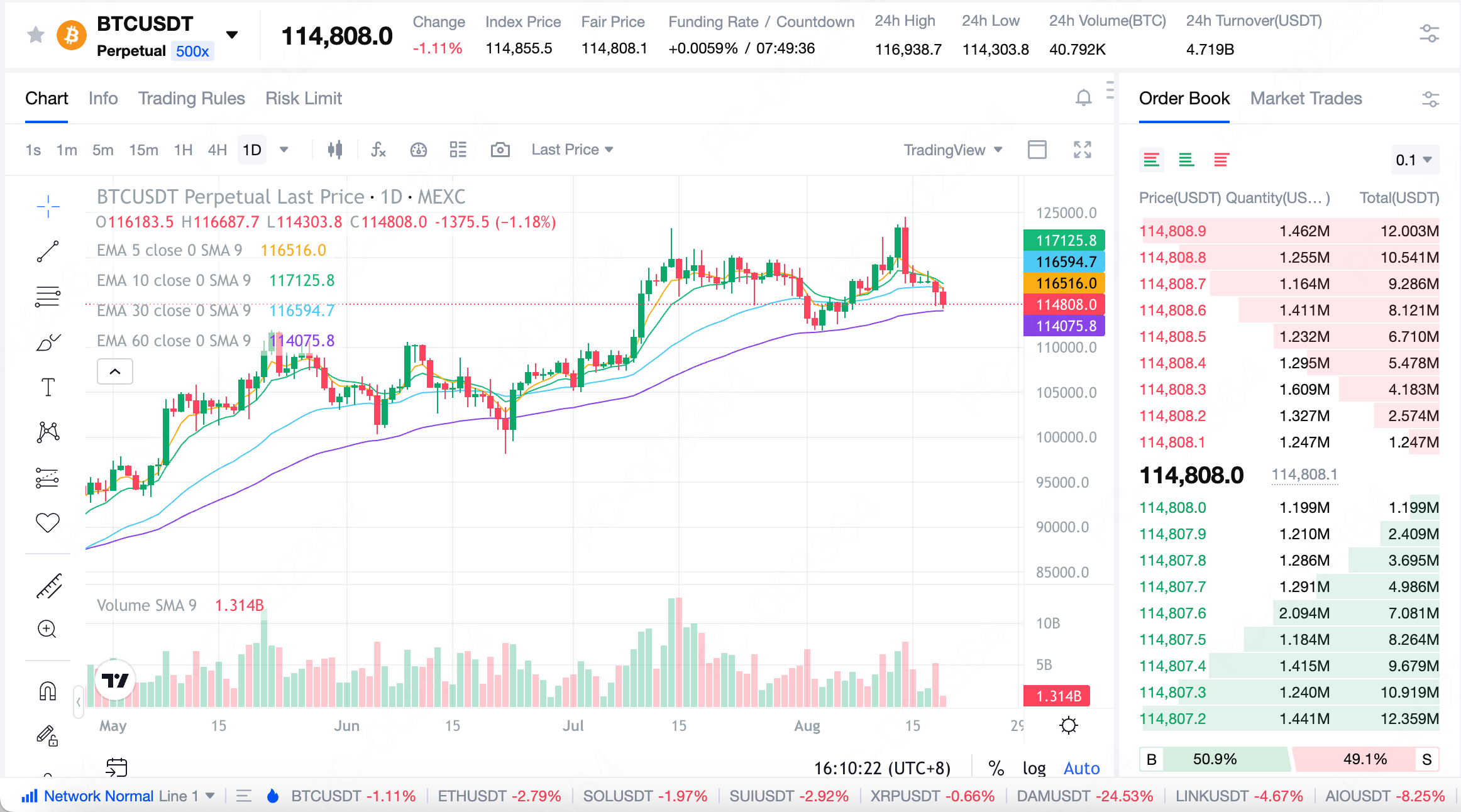
1. On-Chain and Market Indicators: Approaching the Risk Zone
1.1 MVRV Indicator Enters the "Moderate Risk Zone"
1.2 Signs of a Double-Top Formation
1.3 Capital Flows and Derivatives Signals
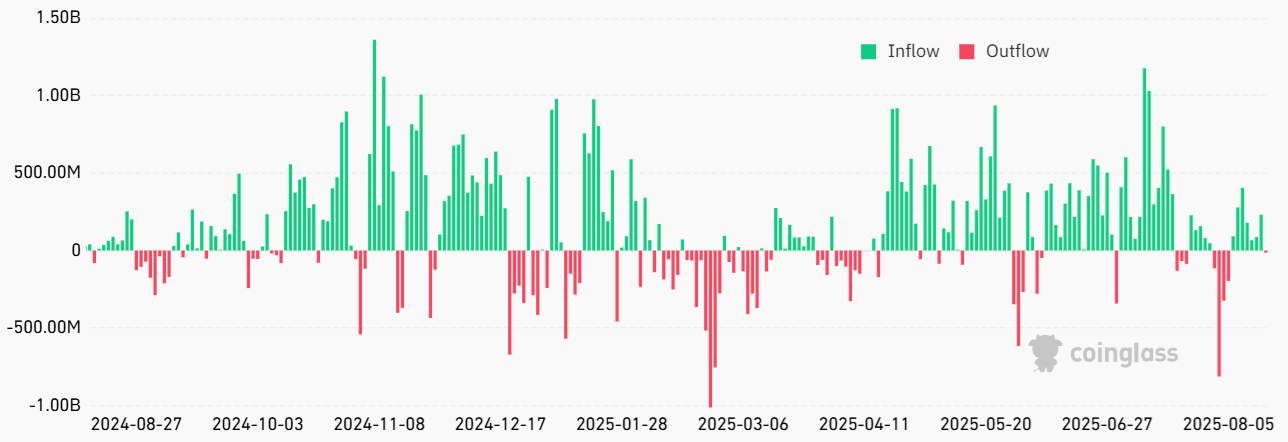
2. Liquidity Patterns: The History and Logic of a September Cycle Top
- Persistent fiscal deficits: Even under conditions of full employment, the U.S. is running a deficit equal to 7% of GDP.
- High rates alongside asset bubbles: Despite interest rates at 5%, BTC remains near all-time highs.
- Fiscal dominance over monetary policy: Fiscal stimulus continues even during periods of economic expansion.
2.1 Halving Cycles and the Timing Window
- 2013: 525 days
- 2017: 530 days
- 2021: 518 days
2.2 Correlation Between M2 Growth and Bitcoin Price Trends
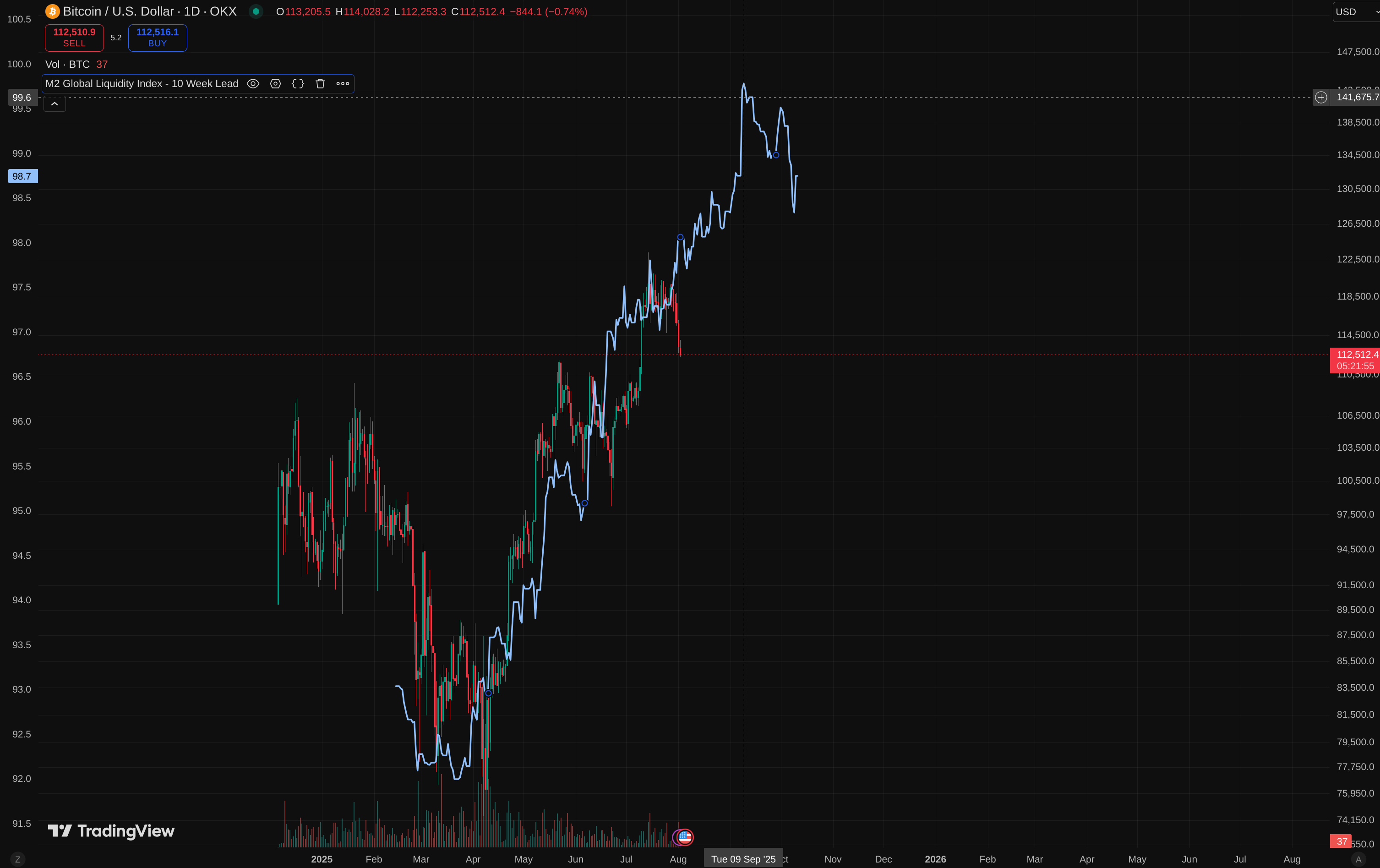
2.3 Liquidations and Liquidity Release
3. Macro Risks: Liquidity as a Bottleneck
3.1 Federal Reserve Policy Expectations
3.2 Divergence in Global Central Bank Policies
3.3 Continued Institutional Inflows
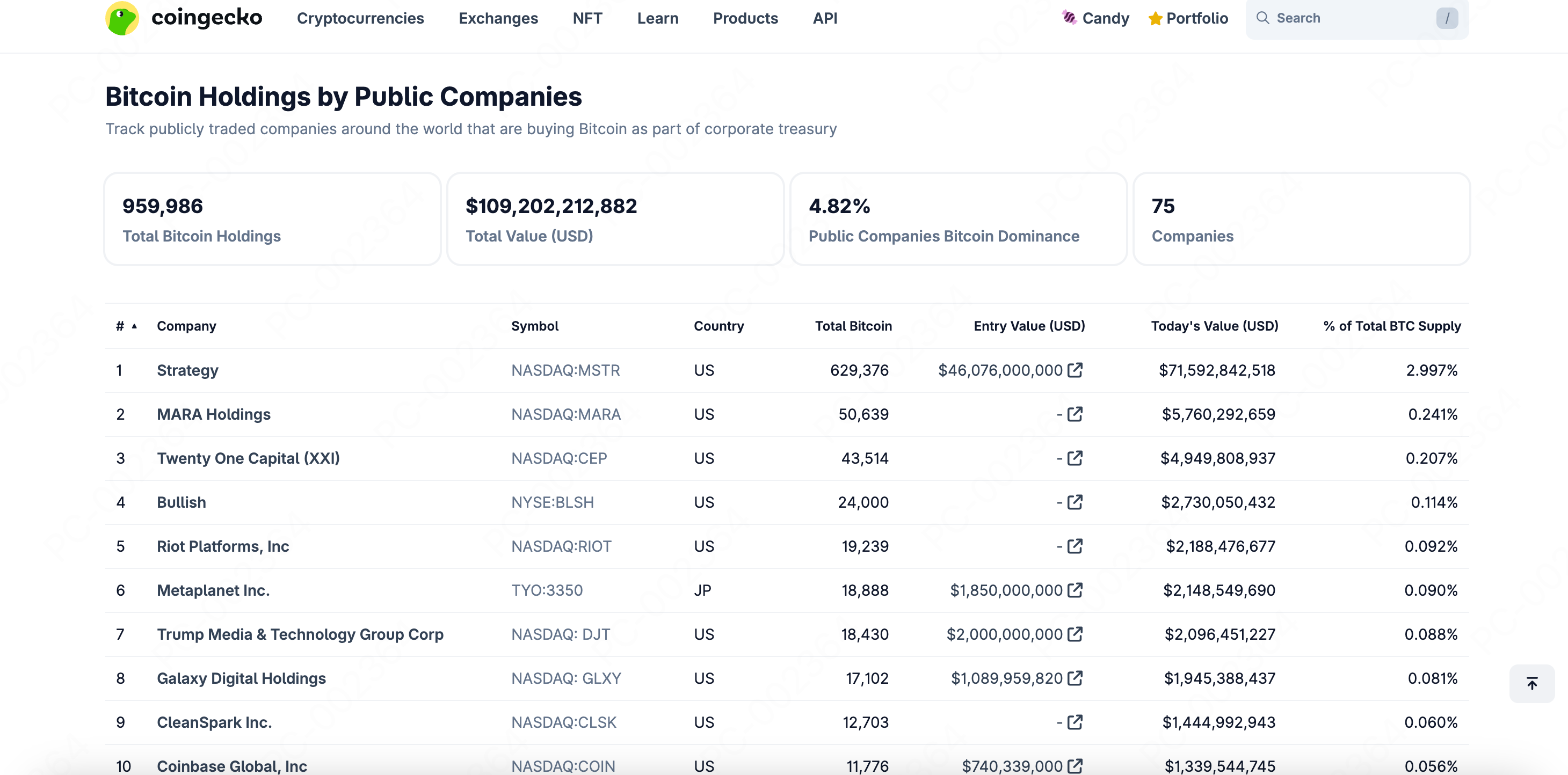
3.4 Fiscal and Debt Structure
4. How Should Investors Respond?
5. Conclusion
Recommended Reading:
- Why Choose MEXC Futures? Gain deeper insight into the advantages and unique features of MEXC Futures to help you stay ahead in the market.
- How to Participate in M-Day Learn the step-by-step methods and tips for joining M-Day and don’t miss out on over 70,000 USDT in daily Futures bonus airdrops.
- MEXC Futures Trading Tutorial (App) Understand the full process of trading futures on the app and get started with ease.
Popular Articles

Is It a Good Time to Buy Bitcoin? What You Need to Know
Bitcoin's price movements keep investors guessing about the right moment to enter the market. This article examines the key factors that influence Bitcoin investment decisions, including market condit

When Will the Last Bitcoin Be Mined? Complete Timeline Explained
Bitcoin has a fixed supply cap of 21 million coins, hardcoded into its protocol to create digital scarcity similar to gold. If you've wondered when the last bitcoin will be mined, the answer is around

What Does BTC Stand For? Your Bitcoin Starting Point
If you've been scrolling through financial news or social media lately, you've probably seen "BTC" pop up everywhere. Maybe you're wondering what this three-letter code actually means, or why

What is Fogo (FOGO)? The Complete Guide to the Ultra-Low-Latency SVM Layer-1
TL;DR1) Fogo is a high-performance Layer-1 blockchain fully compatible with the Solana Virtual Machine (SVM), built for extremely low-latency execution of DeFi applications.2) Its custom Firedancer-ba
Hot Crypto Updates
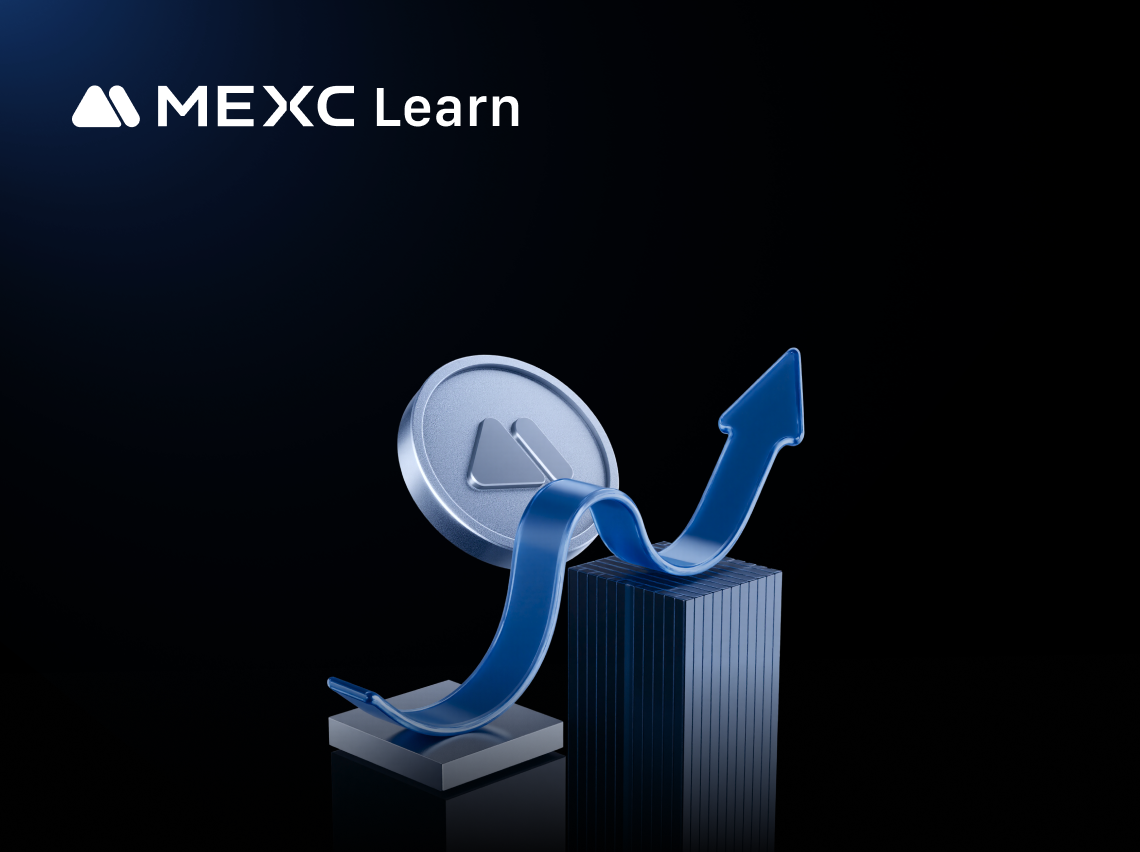
Ziggy (ZIGGY) 2026 Price Prediction
Introduction to ZIGGY 2026 Price ForecastLooking ahead to 2026, crypto traders and investors are keen to anticipate where Ziggy (ZIGGY) could be heading. 2026 price predictions for ZIGGY are based on
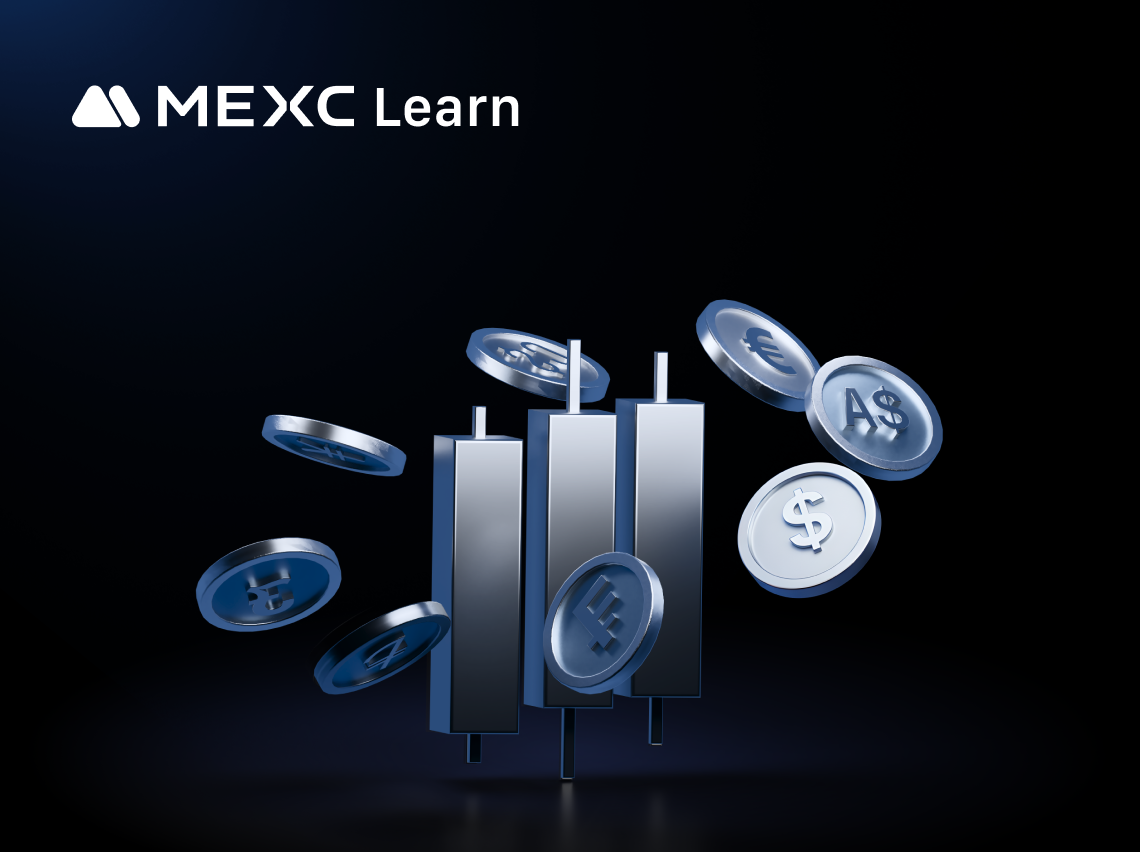
CMC 20 Index DTF (CMC20) 2026 Price Prediction
Introduction to CMC20 2026 Price ForecastLooking ahead to 2026, crypto traders and investors are keen to anticipate where CMC 20 Index DTF (CMC20) could be heading. 2026 price predictions for CMC20 ar

Solomon (SOLOMON) 2026 Price Prediction
Introduction to SOLOMON 2026 Price ForecastLooking ahead to 2026, crypto traders and investors are keen to anticipate where Solomon (SOLOMON) could be heading. 2026 price predictions for SOLOMON are b

Sachicoin (SACHICOIN) 2026 Price Prediction
Introduction to SACHICOIN 2026 Price ForecastLooking ahead to 2026, crypto traders and investors are keen to anticipate where Sachicoin (SACHICOIN) could be heading. 2026 price predictions for SACHICO
Trending News

Coinbase Moves Billions in BTC and ETH for Wallet Upgrade
The post Coinbase Moves Billions in BTC and ETH for Wallet Upgrade appeared on BitcoinEthereumNews.com. Coinbase triggered major attention after billions in BTC and ETH moved across its wallets, spark

Layer Brett Named Best Crypto to Buy Now As Solana and Cardano Secure Top 3 Spots
When rankings shuffle and investor money moves, everyone wants to know where the real opportunities lie. This week’s market shake-up saw Solana (SOL) and Cardano (ADA) secure their places among the to

Here’s why the crypto market is going up today (Nov. 23)
The post Here’s why the crypto market is going up today (Nov. 23) appeared on BitcoinEthereumNews.com. The crypto market is going up today, Nov. 23, as investors buy the recent dip and as stablecoin s

Guillermo Del Toro’s ‘Frankenstein’ To Play In Some IMAX Theaters
The post Guillermo Del Toro’s ‘Frankenstein’ To Play In Some IMAX Theaters appeared on BitcoinEthereumNews.com. Jacob Elordi and Oscar Isaac in “Frankenstein.” Netflix/Ken Woroner Frankenstein — write
Related Articles

Is It a Good Time to Buy Bitcoin? What You Need to Know
Bitcoin's price movements keep investors guessing about the right moment to enter the market. This article examines the key factors that influence Bitcoin investment decisions, including market condit

When Will the Last Bitcoin Be Mined? Complete Timeline Explained
Bitcoin has a fixed supply cap of 21 million coins, hardcoded into its protocol to create digital scarcity similar to gold. If you've wondered when the last bitcoin will be mined, the answer is around

What Does BTC Stand For? Your Bitcoin Starting Point
If you've been scrolling through financial news or social media lately, you've probably seen "BTC" pop up everywhere. Maybe you're wondering what this three-letter code actually means, or why

What is Fogo (FOGO)? The Complete Guide to the Ultra-Low-Latency SVM Layer-1
TL;DR1) Fogo is a high-performance Layer-1 blockchain fully compatible with the Solana Virtual Machine (SVM), built for extremely low-latency execution of DeFi applications.2) Its custom Firedancer-ba
